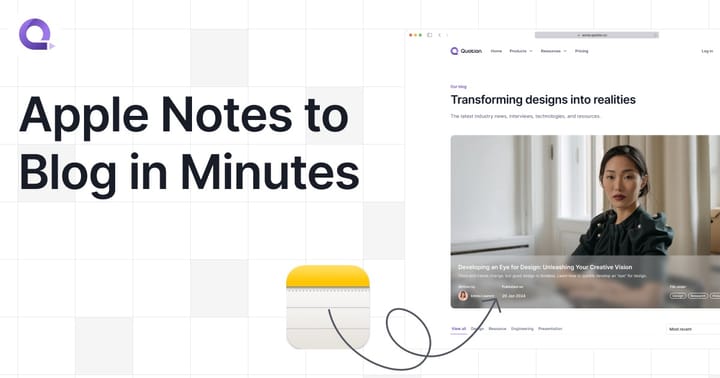Opinion: Amazon’s Fulfillment Expansion – A Blessing or a Trap for DTC Brands?
Amazon’s decision to expand its Multichannel Fulfillment (MCF) service to Shopify, Walmart, and SHEIN orders is a game-changer for DTC brands. But the convenience comes at a cost: rising fees, loss of brand control, and growing dependence on Amazon’s infrastructure.

Amazon’s expansion of Multichannel Fulfillment (MCF) to Shopify, Walmart, and SHEIN is a short-term gift for DTC brands — it simplifies logistics, consolidates inventory, and gives small players big-brand delivery standards. But it also creates long-term risks: rising fees, loss of brand control, and dependence on Amazon’s network. Founders must decide whether logistics is part of their competitive moat — or a distraction best outsourced while they focus on growth.
For direct-to-consumer (DTC) brands, this is more than a logistics update — it’s a strategic inflection point.
Why This Matters
Most founders underestimate just how hard fulfillment really is. Managing stock, picking, packing, shipping, and customer expectations is a daily operational headache. If you’re small, you don’t have the scale to negotiate good carrier rates. If you’re growing, you often need multiple systems to serve different sales channels.
Amazon is now saying: “Don’t worry about it. Put all your inventory with us, and we’ll handle the rest — whether your order comes from Amazon, Shopify, Walmart, or elsewhere.”
For many brands, this feels like a gift. And in the short run, it absolutely is.
The Upside for Simple Product Brands
If you are running a single-product brand, selling through your own webshop and Amazon, the appeal is obvious:
- One inventory system instead of two
- Amazon-level shipping rates without scale
- Faster delivery and customer trust built in
- Less operational distraction so you can focus on growt
For these kinds of products — think supplements, home goods, simple electronics — outsourcing fulfillment is usually the smarter choice.
The Hidden Risks
But here’s the catch:
- Fee creep is inevitable. Amazon raises fulfillment fees almost every year. Once you are locked in, you will absorb those increases.
- Loss of brand control. Packaging, inserts, the “unboxing experience” — these are standardized. If your brand thrives on customer touchpoints, you’ll lose leverage.
- Dependence grows quietly. As more of your business flows through Amazon’s logistics network, switching later becomes costly and disruptive.
This is the classic AWS playbook: make it indispensable first, monetize harder later.
Lessons from MIFLORA
I know this firsthand. Years ago, I ran MIFLORA, a flower delivery company. Logistics was not just part of the business — it was the business. Flowers have a lifespan of 10 days at best. Production, packaging, shipping — every step had to be executed with surgical precision.
Amazon could never have handled that product. But the bigger lesson is this: fulfillment is never “just logistics.”Sometimes it’s your competitive advantage. Sometimes it’s a distraction. Knowing the difference is what makes or breaks a DTC business.
The Real Question for Every Brand
So here’s what every founder needs to ask right now:
👉 Is logistics my moat, or should I outsource it as fast as possible?
If logistics doesn’t differentiate you, outsource. Price your product so you can absorb Amazon’s fees and focus on building brand and sales.
If logistics is central to your customer experience — freshness, luxury, custom, fragile — then it is part of your brand’s DNA. In that case, you should own it, even if it’s painful.
My Take
Amazon’s MCF expansion is both an opportunity and a trap. For many brands, it will be the simplest way to scale beyond their own webshop. But the brands that win will be the ones who understand when to lean into Amazon — and when to keep control.
That’s a strategic choice, not an operational one. And it’s exactly the kind of conversation every DTC founder should be having right now.
About the Author
Remco Livain is a Fractional Executive in Marketing and Sales, working with direct-to-consumer brands across Europe. He helps founders and leadership teams scale their growth engines, balance operational trade-offs, and turn strategic inflection points into opportunities.


